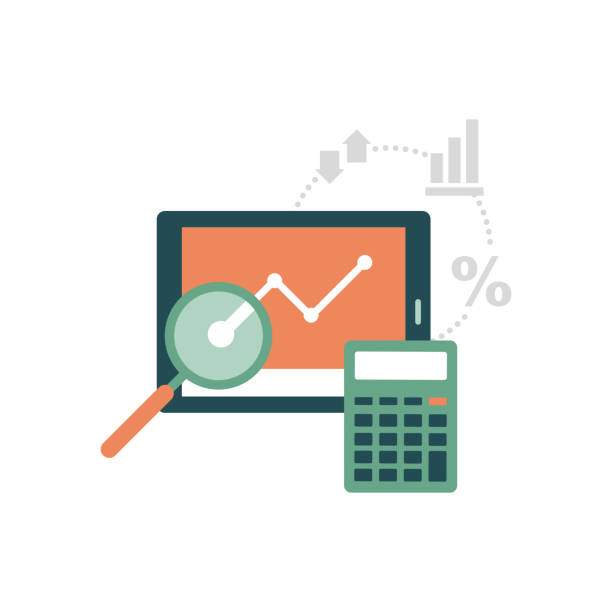Microsoft Excel is an exceptional tool for managing and analyzing data. One of its key features is the ability to create multiple worksheets within a single spreadsheet, allowing users to organize and present data efficiently. To enhance this functionality, you can link these sheets together, creating dynamic connections that update automatically when changes are made.
Linking sheets in Excel not only simplifies data management but also improves collaboration and efficiency. By establishing connections between related data, you can ensure that all stakeholders have access to the most up-to-date information, regardless of which sheet they are viewing. Let’s dive into the steps involved in linking sheets in Excel and explore the benefits and applications of this powerful technique.
Linking Sheets in Excel: A Step-by-Step Guide
- Identify the Source and Target Sheets: Determine which sheets contain the data you want to link and which sheets will receive the linked data.
- Select the Data to Link: Highlight the cells or ranges of cells in the source sheet that you want to link.
- Create the Link: Click on the “Insert” tab in the Excel ribbon. In the “Links” group, choose “Link & Copy.” A dialog box will appear.
- Specify the Target Sheet: In the “Select Sheet” field, select the target sheet where you want to insert the linked data.
- Paste the Link: Click the “OK” button. The linked data will appear in the target sheet, indicated by a small blue arrow in the top-left corner of the cell.
Benefits of Linking Sheets in Excel:
- Automatic Updates: Any changes made to the data in the source sheet will automatically update the linked cells in the target sheet, ensuring data consistency and accuracy.
- Improved Collaboration: Linked sheets allow multiple users to work on different sheets simultaneously, with changes being reflected in all connected sheets.
- Data Consolidation: By linking sheets, you can consolidate data from multiple sources into a single, comprehensive view, providing a holistic analysis of your data.
- Dynamic Reporting: Linked sheets enable you to create dynamic reports that automatically reflect the latest data, eliminating the need for manual updates and reducing the risk of errors.
Applications of Linking Sheets in Excel:
- Financial Modeling: Link sheets to create complex financial models that automatically update based on changes in input data.
- Project Management: Establish links between sheets to track project timelines, budgets, and resources, ensuring real-time visibility and collaboration.
- Sales Analysis: Link sales data from multiple regions or products into a single sheet, providing a consolidated view of sales performance and trends.
- Data Warehouse: Create a central sheet that links to multiple data sources, providing a unified platform for data analysis and reporting.
FAQs:
1. What happens if I move or delete the linked cells in the source sheet?
If you move the linked cells within the source sheet, the links will automatically adjust to reflect the new location. However, if you delete the linked cells, the links will break, and the data in the target sheet will no longer be updated.
2. Can I link sheets from different Excel files?
Yes, you can link sheets from different Excel files. However, ensure that the files are saved in the same folder or in a shared location accessible to all users.
3. How do I update the links if the source sheet is renamed?
To update the links if the source sheet is renamed, select the linked cells in the target sheet. Right-click and choose “Edit Links.” In the “Edit Links” dialog box, update the source sheet name and click “OK.”
4. Can I break the link between sheets?
Yes, you can break the link between sheets by selecting the linked cells in the target sheet. Right-click and choose “Break Link.” The data in the target sheet will no longer be updated from the source sheet.
5. How do I protect linked sheets from unauthorized changes?
To protect linked sheets from unauthorized changes, you can set protection on the source sheet and grant specific permissions to users. Right-click on the sheet tab and choose “Protect Sheet.” In the “Protect Sheet” dialog box, set the desired protection options and click “OK.”
